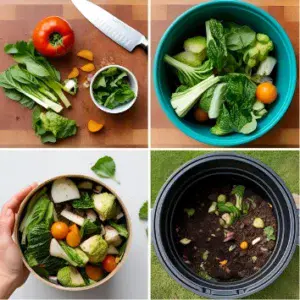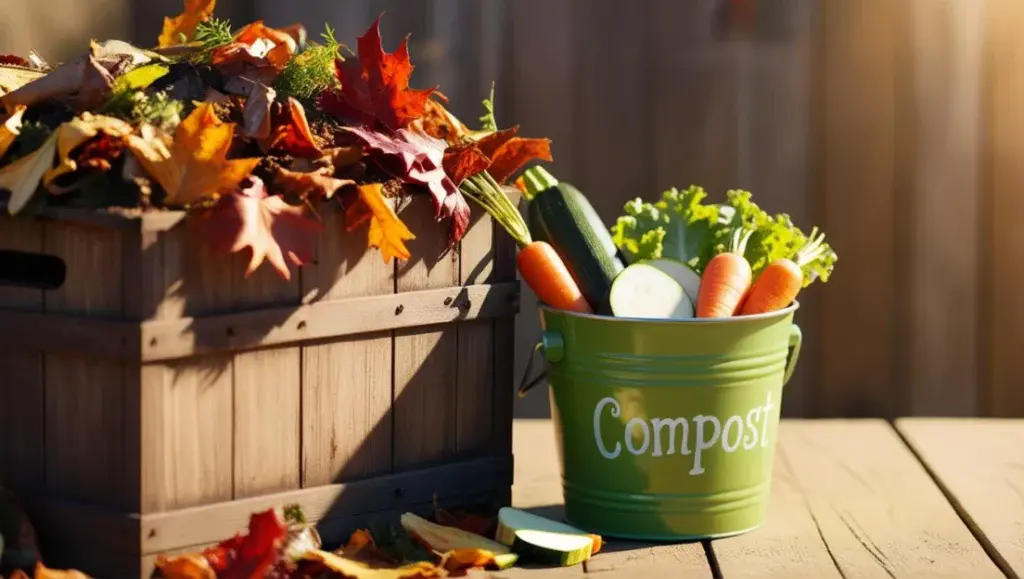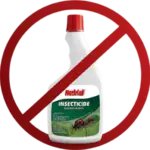Creative Composting In Small Spaces: A Practical Guide for Urban Living
Just because your living space is limited doesn’t mean you need to keep tossing those vegetable peels, coffee grounds, and eggshells out in the trash. Give composting a try. Although it might sound like a backyard chore with the right approach you can compost in even the coziest of city spaces. Whether you’re living in a high-rise condo or a studio apartment with no outdoor access, there some Creative Ways to Compost in Small Spaces.
Why Bother Composting in Small Spaces or the City?
Let’s face it—living green in the city isn’t always the easiest thing to do. But composting is a powerful step in the right direction. By composting you’re not only cutting down on trash (which is always awesome), but you’re also helping to reduce methane emissions created by decaying organic matter out of the landfills while creating a super-nutrient to feed your plants with. Whether you have a balcony garden, a few indoor plants, or maybe you just want to contribute to a community effort, composting will certainly help to make city life a little greener.
Step One: Collect Your Kitchen Scraps Like a Pro
Start by creating a dedicated food scrap bin. It doesn’t have to be fancy, maybe a container with a small lid and placed under the sink or by your counter or trash can will work just fine. Fill it with your fruit and veggie scraps, eggshells, coffee grounds, tea bags, and any other compost-friendly items. Avoid the meat, dairy, and greasy foods, these foods are not suited for small-scale composting and can create unwanted issues as they tend to attract pests and create odors.

Pro tip: When prepping food keep your bin close by so dropping the scraps into it becomes second nature.
Understanding Greens and Browns
Any successful compost pile needs the right balance of nitrogen-rich “greens” and carbon-rich “browns.” Your Greens are the fruit and veggie scraps, and coffee grounds. The greens are paired with shredded newspaper, dry leaves, shredded junk mail, or cardboard. These are your Browns. A general rule of thumb is to aim for a 2 to 1 ratio, meaning two-parts browns to one-part greens. This will leave your compost with a mild earthy odor—not a funky smell—and ensures that the compost breaks down properly.
If it’s too wet and smelly, add more browns. If it’s too dry or is decomposing too slowly mix in some more greens.
Composting Methods for Small Spaces
If you want to compost you’ve got options, even in tight quarters. Here are a few possibilities to consider:
1. Vermicomposting (Worm Bins) Worm composting is by far one of the most efficient indoor methods. Red wigglers are the big stars here—they munch on your scraps and turn them into rich, usable compost. Worm bins are compact, odor-free when managed right, and kind of fascinating to maintain.
2. Electric Composters: Devices like the FoodCycler or Lomi offer high-tech, low-effort composting equipment. They dry and grind food waste into a usable soil additive, all with very little mess and smell. They’re ideal if you want quick results and don’t mind investing in the tech.
3. Bokashi Buckets: Using a fermentation process, Bokashi bins break down all kinds of food waste (even meat and dairy). The bins are airtight and smell-free, but the output will still need to be buried or added to another compost system.
4. Community Compost Drop-Offs: If you don’t want a bin in your home that’s no problem. Many cities offer compost drop-off points at local farmers’ markets, community gardens, some communities offer a curbside pickup program. Look into what’s available in your area.
Choosing the Right Bin

Your compost bin should suit your space and habits. Here are a few options:
- Worm Factory 360 or similar tiered bins: These are great for indoor use and easy harvesting.
- DIY bin: Repurpose a plastic container and drill some holes for airflow.
- Electric countertop units: Sleek and fast but tech is always pricier.
Place your bin in a cool, dark spot—like a pantry, laundry closet, or maybe under the kitchen sink. The big key is to keep the composter accessible and cool without it becoming intrusive.
Tips for Happy Worms (If You Go That Route)
- Use red wigglers, not garden worms—these worms thrive in enclosed bins.
- Feed them chopped food scraps twice a week.
- Keep the bedding moist but not over watered (like a wrung-out sponge).
- Avoid larger amounts of acidic foods like onions and citrus. A little is ok.
- Harvest your compost every few months by moving the worms to some fresh bedding then collect the finished product.
What to Do With Finished Compost
Once your scraps have broken down, you’re left with black gold—a nutrient-rich compost all ready to feed your plants. Use it in:
- Indoor potted plants
- Balcony herb gardens
- Community garden plots
- As gifts to friends who garden
- Container Veggies
If you end up with more than you can use, share it! You could even explore selling small bags locally if you’re consistently producing high-quality compost. If it takes off, you could even ask your neighbors if they’d like to help you out by letting you have their veggie and fruit scraps
Have a look at the Compost Tumblers from Garden Supply Company
Final Thoughts
Urban composting doesn’t have to be complicated or messy or smelly. With a little planning and the right tools, you can transform kitchen waste into something incredibly useful. Whether you’re going with a full worm bin or just dropping your scraps off at your local co-op, you are making a difference, and not just for your plants, but your wallet and the planet as well.
Start small. Stay consistent. And watch your scraps come full circle.
Happy Gardening
This site may contain links to Affiliate Partners for your shopping convenience. I will receive a small commission if you decide to buy from an Affiliate Partner, at no additional cost to you.





This is such a clear and helpful breakdown—thank you for sharing! I’m going to start composting this spring and I’m so happy to have found this information. I’ve been wanting to create a more sustainable system in my kitchen, and this feels like the perfect place to begin. Love the idea of turning waste into a gardening resource station—it makes the whole process feel empowering. Can’t wait to get my little scrap bin going and start learning the greens and browns game!
Thanks! It is a wonder for sure! Adding worms will speed the whole process up and make it even richer. You just need to learn what’s best for them when you do that though.
Thanks again!